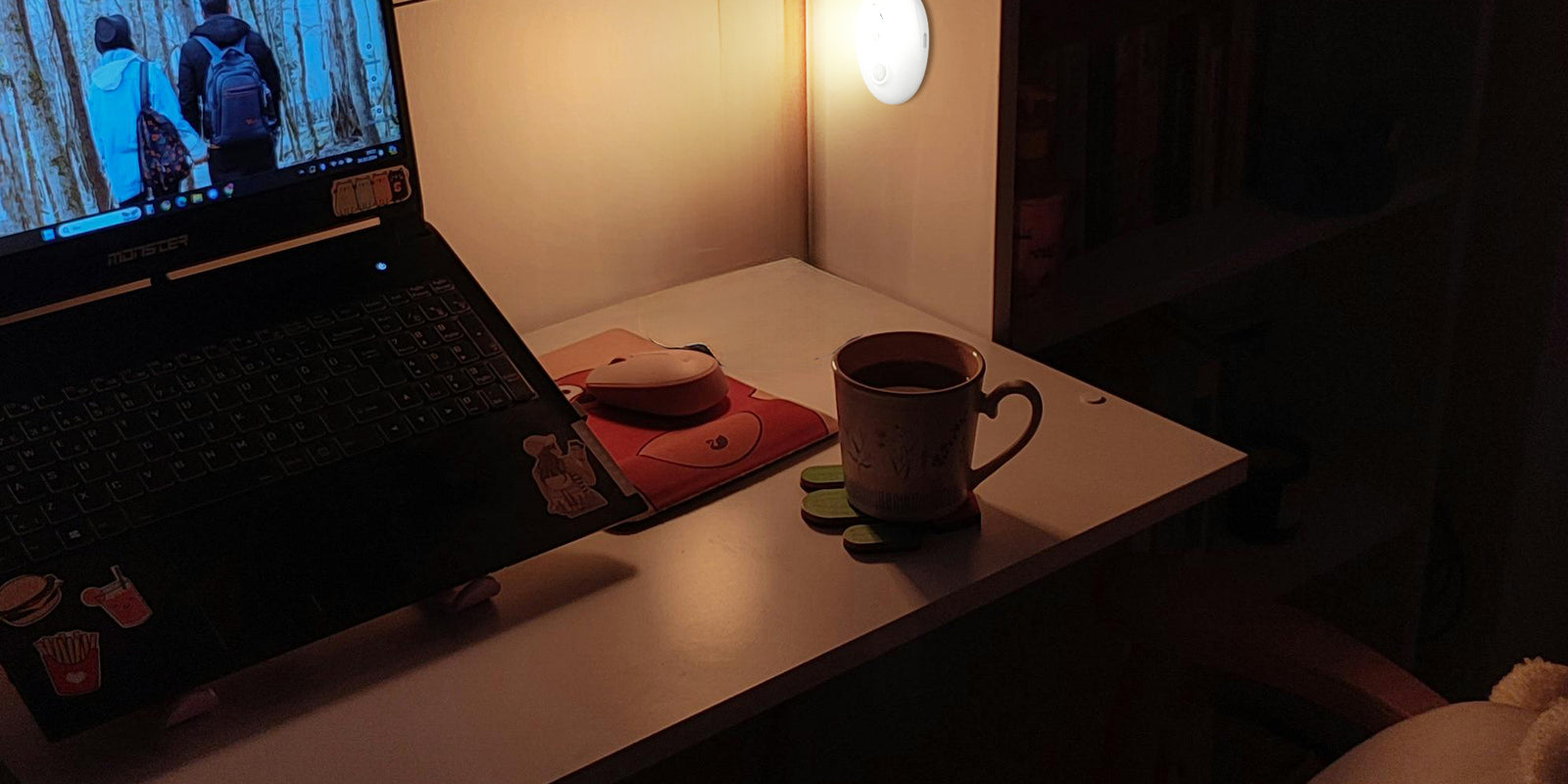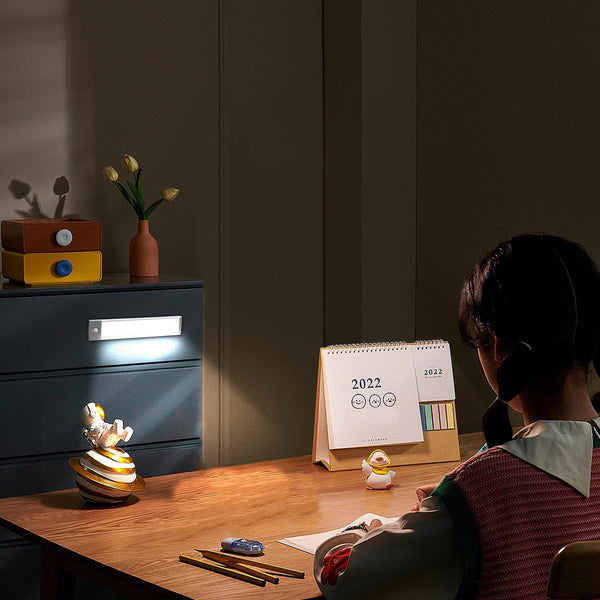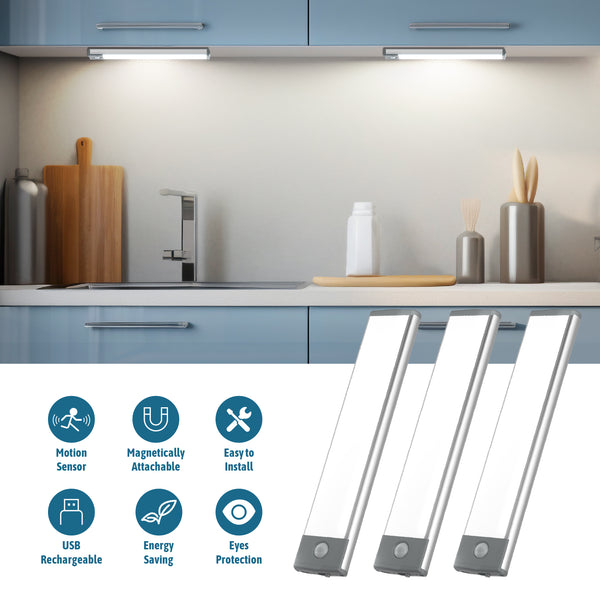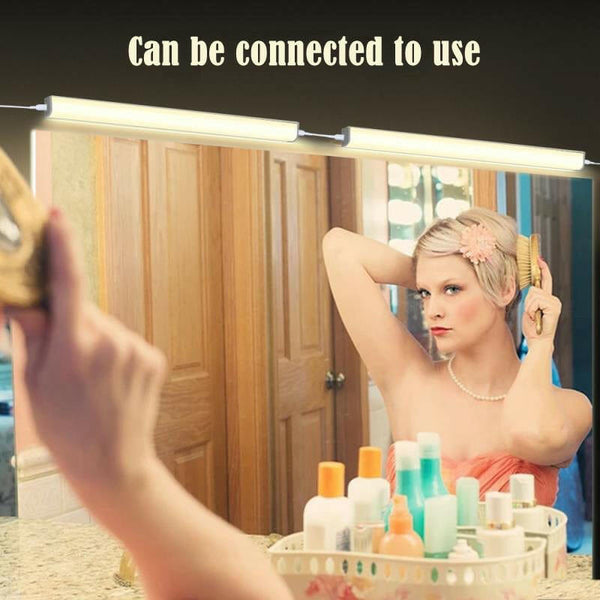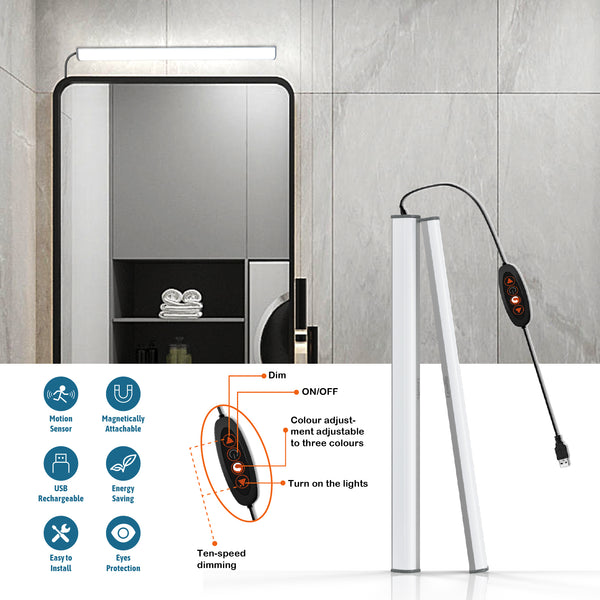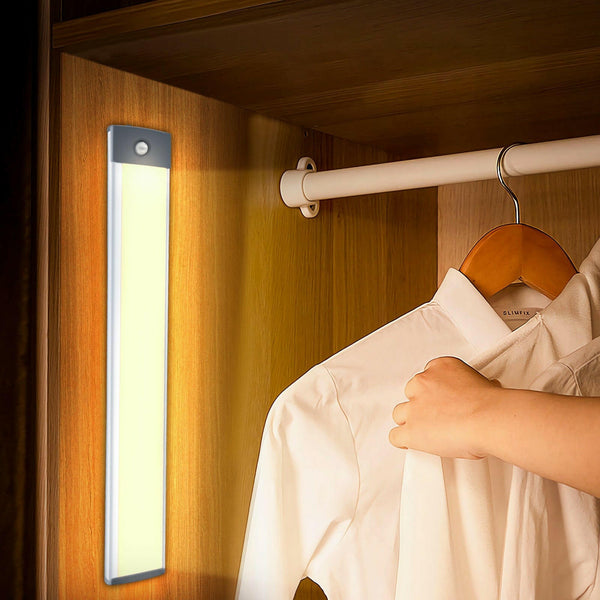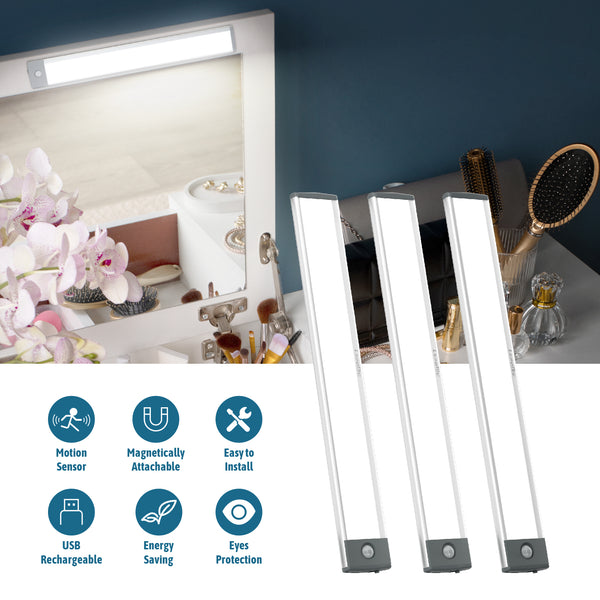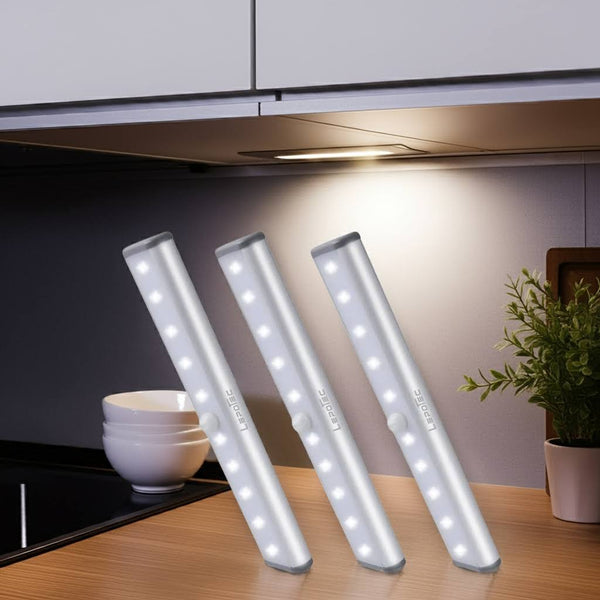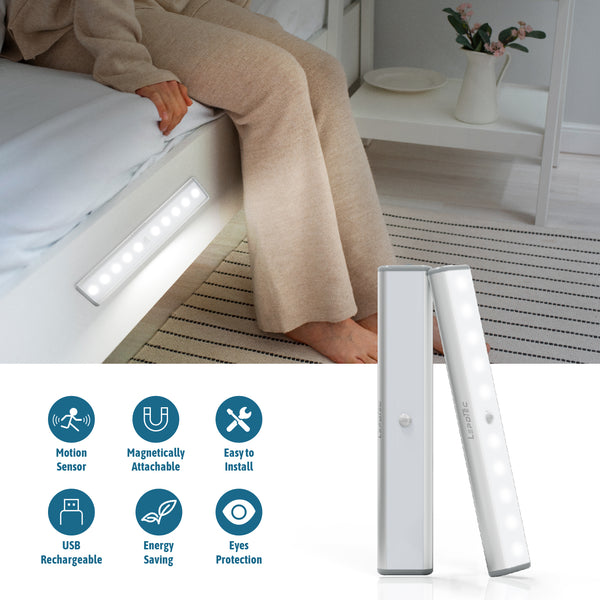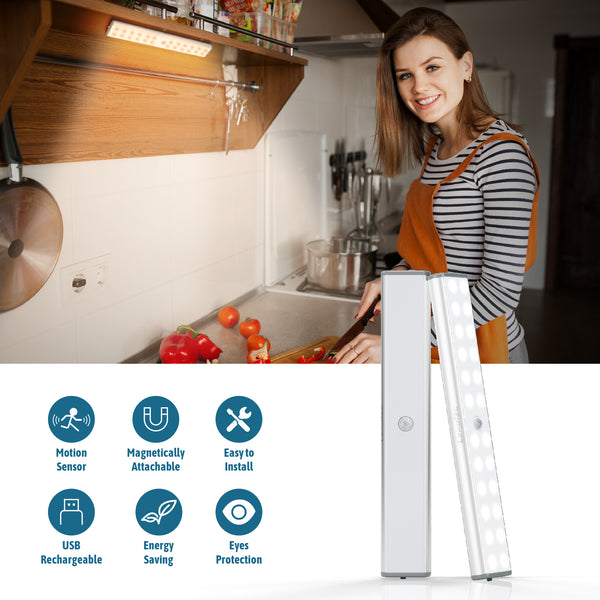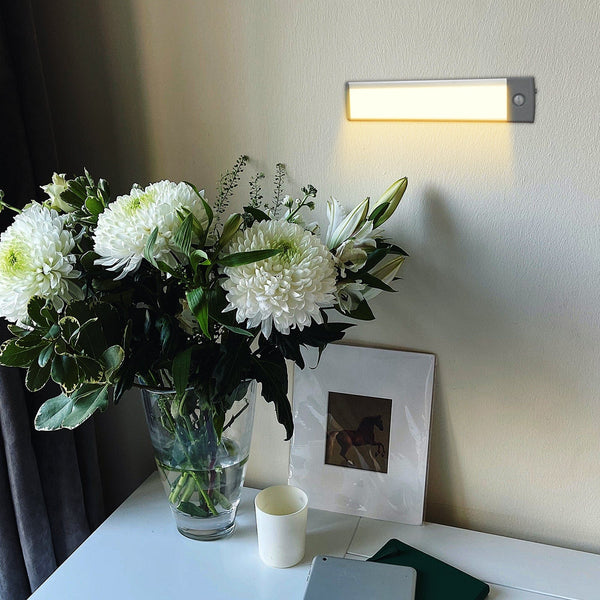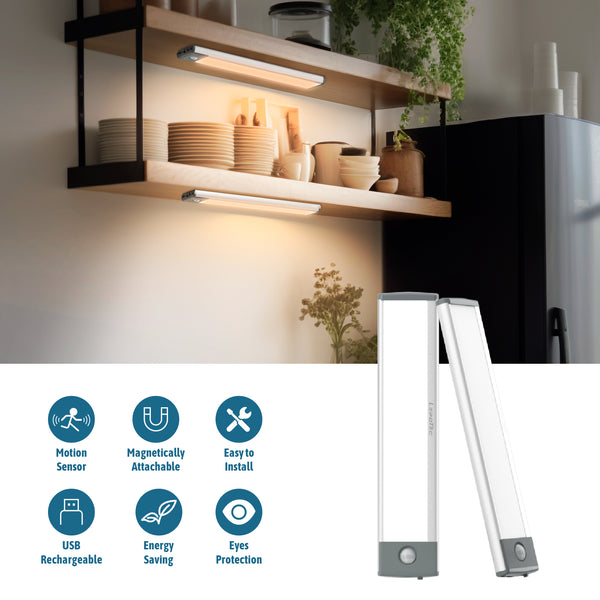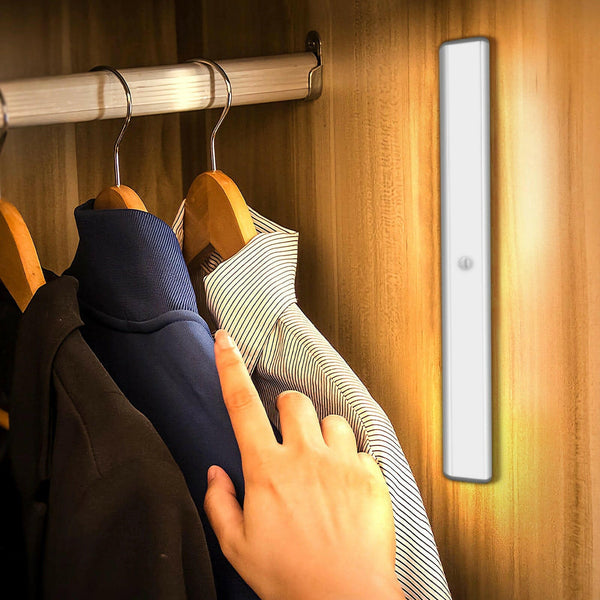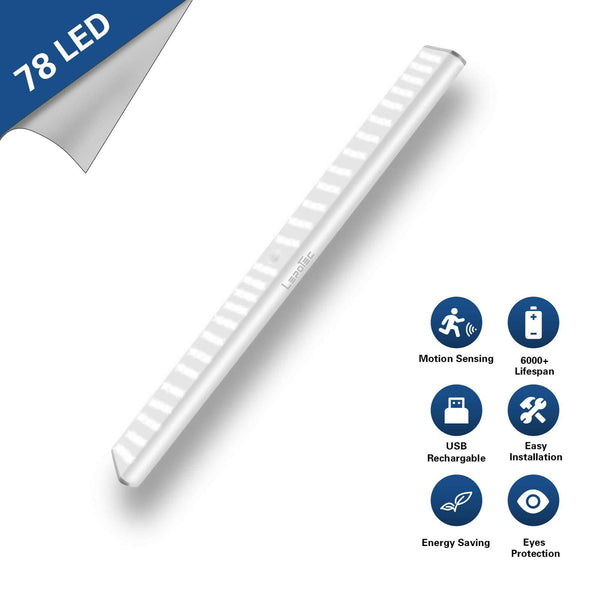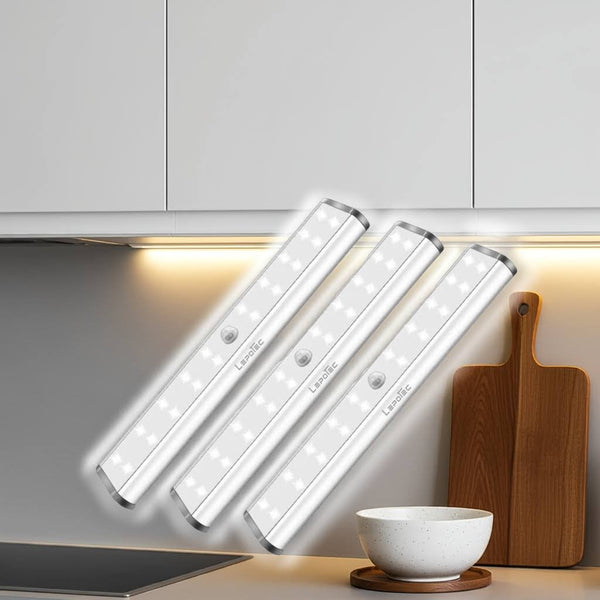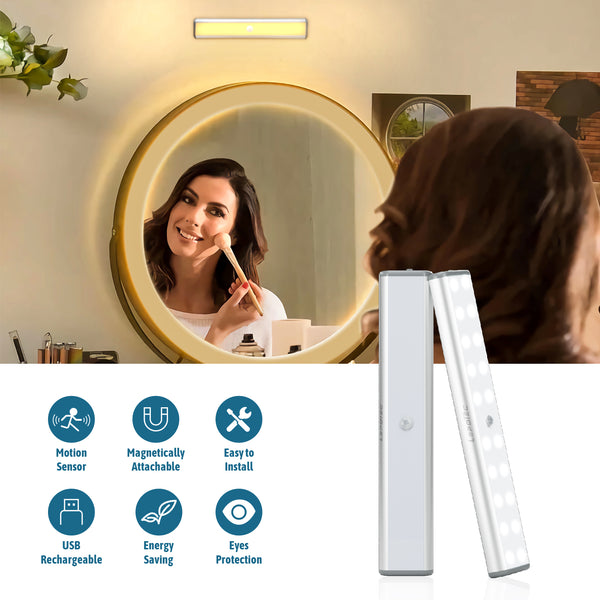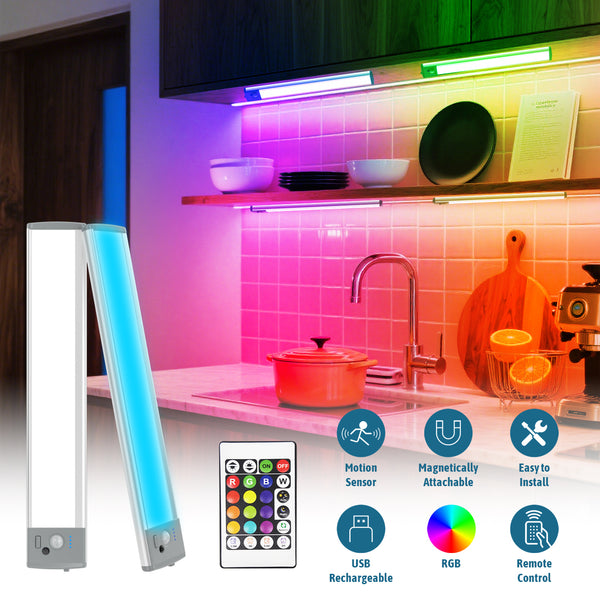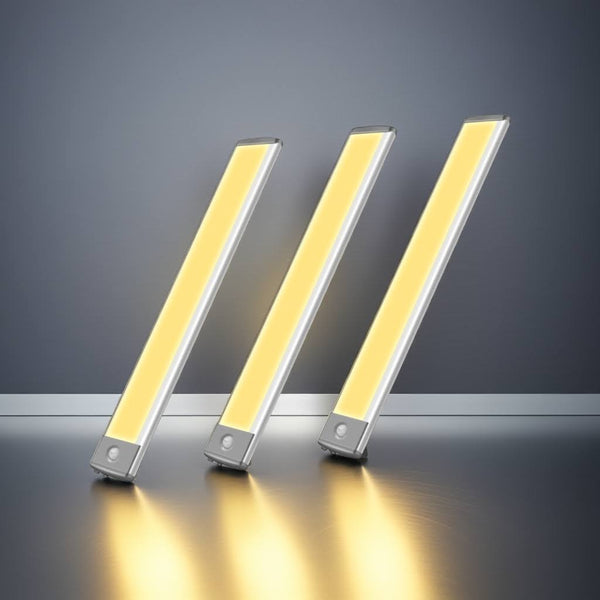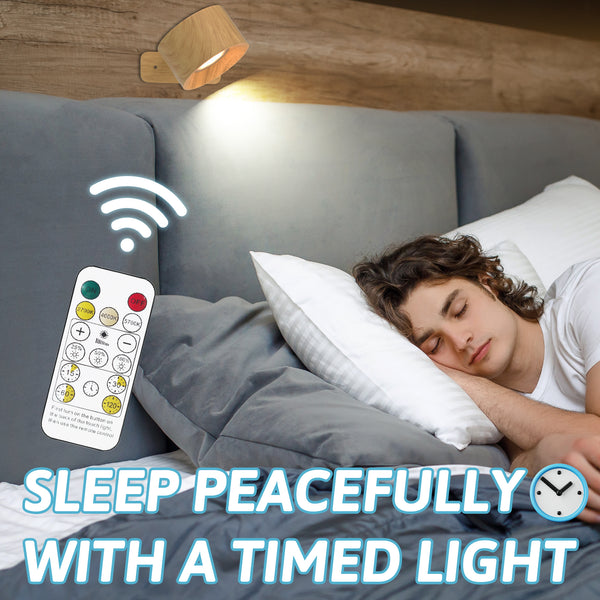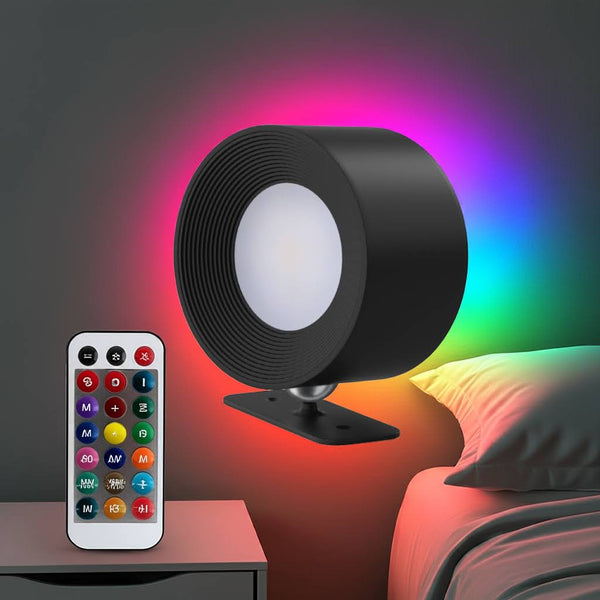In the world of smart home technology, automation has become increasingly popular, and two key devices that contribute to this innovation are light sensors and motion sensors. While both are integral to creating efficient, responsive environments in both residential and commercial settings, they serve distinct purposes and work in different ways. Understanding the difference between these two sensors can help you make informed decisions when choosing the right technology for your home or business. This article will dive deep into the mechanisms of both devices, their applications, advantages, and key differences.

What is a Light Sensor?
Definition and Working Principle
A light sensor is a device designed to detect the presence and intensity of light in its surroundings. It responds to changes in ambient light levels, which can trigger a reaction or an action from an associated system or device. There are several types of light sensors, including photoresistors, photodiodes, and phototransistors, but the most commonly used ones in consumer products are the photoresistor (also known as an LDR or light-dependent resistor) and photodiodes.
The working principle of light sensors is simple: when the surrounding light increases or decreases, the sensor detects the changes in light intensity and adjusts accordingly. For instance, in outdoor security lights, a light sensor may turn the lights on at dusk and off at dawn, ensuring the lights are only active when needed.
Types of Light Sensors
-
Photoresistors (LDRs): These sensors are made from materials whose resistance decreases as the light intensity increases. They are simple, cost-effective, and commonly used in outdoor lighting systems.
-
Photodiodes: Photodiodes convert light into electrical current and are more sensitive than LDRs. They are widely used in cameras, smartphones, and scientific instruments.
-
Phototransistors: These are similar to photodiodes but can amplify the electrical signal produced, making them suitable for applications that require higher sensitivity.
Applications of Light Sensors
Light sensors are used in various applications where detecting light levels is essential:
-
Outdoor Lighting: Many outdoor lighting systems use light sensors to automatically turn on or off depending on the available daylight. These are often found in streetlights, garden lights, and security floodlights.
-
Smart Homes: In smart home systems, light sensors can be integrated with lighting control to adjust indoor lighting based on the time of day, ensuring that artificial light is only used when necessary.
-
Automotive Industry: Light sensors are used in automotive systems, such as automatic headlights that turn on when it becomes dark outside.
-
Consumer Electronics: Devices like smartphones and laptops use light sensors to adjust the brightness of the screen based on the surrounding light conditions, improving battery efficiency and user experience.
-
Photography: Cameras use light sensors to determine exposure settings, ensuring that photos are neither too dark nor too bright.
Advantages of Light Sensors
-
Energy Efficiency: Light sensors contribute to energy savings by turning lights on and off automatically, eliminating the need for manual intervention.
-
Convenience: They help create environments where lighting is automatically adjusted, providing convenience and comfort to users.
-
Cost-Effective: The use of light sensors can reduce electricity bills in both homes and businesses by ensuring that lighting is only used when required.
What is a Motion Sensor?
Definition and Working Principle
A motion sensor is a device that detects physical movement in an area. It is commonly used in security systems, lighting control, and even home automation systems. Motion sensors are typically designed to detect the movement of objects, people, or animals within a specific range. They work by detecting changes in the environment, often using technologies such as infrared, ultrasonic, or microwave signals.
The basic principle of motion sensors involves emitting a signal (such as infrared radiation or sound waves) and detecting the return signal after it bounces off an object in motion. Based on the change in the returned signal, the sensor determines if movement has occurred. For instance, in a passive infrared (PIR) motion sensor, the sensor detects changes in infrared radiation (heat) emitted by the human body.
Types of Motion Sensors
-
Passive Infrared (PIR) Sensors: These sensors detect infrared radiation from heat sources, such as human bodies. PIR sensors are commonly used in security systems, motion-activated lights, and smart home automation.
-
Ultrasonic Sensors: Ultrasonic sensors emit high-frequency sound waves and measure the time it takes for the sound waves to bounce back after hitting an object. These sensors are more sensitive and are often used in industrial and commercial applications.
-
Microwave Sensors: Microwave motion sensors emit microwave radiation and detect the changes in the frequency of the reflected waves. These sensors are very sensitive and are typically used in larger areas or for precise motion detection.
-
Dual-Technology Sensors: These sensors combine PIR and ultrasonic technologies to reduce false positives. They are often used in high-security environments where accuracy is critical.
Applications of Motion Sensors
Motion sensors have widespread applications across various industries:
-
Security Systems: Motion detectors are often integrated into home security systems to detect unauthorized entry. They trigger alarms or activate cameras when motion is detected in a protected area.
-
Lighting Control: Motion sensors can automatically turn on or off lights in spaces like hallways, bathrooms, or garages when they detect movement, providing energy savings and added convenience.
-
Home Automation: Motion sensors are often integrated into smart home systems, controlling lights, thermostats, and even locks based on detected movement.
-
Retail and Commercial Spaces: Motion sensors are used in stores for various purposes, including lighting control, customer behavior analysis, and tracking inventory.
-
Healthcare and Assistance: In hospitals or assisted living facilities, motion sensors can track patients’ movement and alert caregivers to any unusual activity, such as a fall or wandering.
Advantages of Motion Sensors
-
Enhanced Security: Motion sensors help enhance security by detecting movement and triggering alarms, surveillance systems, or lighting.
-
Energy Efficiency: Similar to light sensors, motion sensors also contribute to energy savings by ensuring that lights and devices are only activated when movement is detected.
-
Automation: Motion sensors make automation more convenient, such as automatically adjusting lighting or other devices based on activity in a room.
Key Differences Between Light Sensors and Motion Sensors
Functionality
The fundamental difference between light sensors and motion sensors lies in their core functionality:
-
Light Sensors detect the intensity of light in their environment. They are primarily used to adjust lighting based on natural light levels.
-
Motion Sensors, on the other hand, detect physical movement in their environment. They are used to detect the presence of people or objects, triggering actions like turning on lights or activating alarms.
Technology Used
-
Light Sensors typically rely on photoelectric technologies such as photoresistors, photodiodes, and phototransistors.
-
Motion Sensors rely on several technologies, including infrared, ultrasonic, and microwave sensors, to detect movement.
Applications
-
Light Sensors are commonly used for controlling outdoor and indoor lighting based on natural light levels, like streetlights or smart home systems that adjust lighting based on time of day.
-
Motion Sensors are used in security, lighting control, and automation systems to detect the presence of individuals and control devices based on movement.
Sensitivity and Range
-
Light Sensors are generally passive and adjust based on the intensity of light, with a fixed sensitivity to the surrounding light.
-
Motion Sensors are more active and can be highly sensitive to even the smallest movement within their detection range, often working within specific areas and ranges.
Energy Consumption
-
Light Sensors tend to be low-power devices that only draw power when light levels need to be measured or adjusted.
-
Motion Sensors may consume more power, especially in the case of active sensors like ultrasonic or microwave sensors, though modern designs are generally energy-efficient.
Conclusion
Both light sensors and motion sensors are integral components of modern technology, particularly in creating automated, energy-efficient systems in homes, businesses, and public spaces. While light sensors are focused on detecting ambient light levels and adjusting accordingly, motion sensors are concerned with detecting physical movement and triggering appropriate actions.
When choosing between these two types of sensors, it's important to consider the specific needs of the environment. Light sensors are ideal for managing lighting based on natural light conditions, while motion sensors excel in security, automation, and energy-saving applications that depend on movement.
Understanding the differences between light sensors and motion sensors allows for better decision-making when integrating them into various systems, ensuring optimal functionality and efficiency in both everyday and specialized applications.
